Advances Vs. Consequences: What Does The 21st Century Have In Store For Humanity?

Technology holds the promise of a better future, but our footprint on the planet threatens to undo all our dreams and progress.
It’s pretty easy to look at the world we live in today and come away feeling either extremely pessimistic or optimistic, depending on which aspects you focus on. Optimistically, you could look at our life expectancy, our technological conveniences, our high standard of living and the scientific breakthroughs we continue to make and pursue. From biotech to space exploration, from robotics to artificial intelligence, the present is incredible and the future looks even brighter.
Of course, there’s the flipside: a pessimistic point of view. Even a coarse look at the world shows a growing rejection of science in favor of ideology on issues from climate change to vaccinations to dental health to whether the Earth is flat or humans have landed on the Moon. We are rolling back environmental protections and seeing a rise in bigotry, isolationism, and authoritarianism. Our prospects are simultaneously both bright and dim, and what the 21st century holds will depend largely on our collective actions during the next critical decade.

When you think about your own dreams for the future of humanity, what does it include? Do you think about the existential, large-scale problems the world is facing today, and how we might improve them? Depending on where you live and what issues plague your local corner of the globe, you might see:
- plants and animals struggling to survive in locations where they’ve previously thrived for millennia,
- extinction rates rising,
- food and water insecurities,
- increases in wildfire, hurricane, drought, and other extreme weather frequency and/or severity,
- mass extinctions and deforestation,
all while we burn more fossil fuels and consume more energy, as a planet, than ever before.
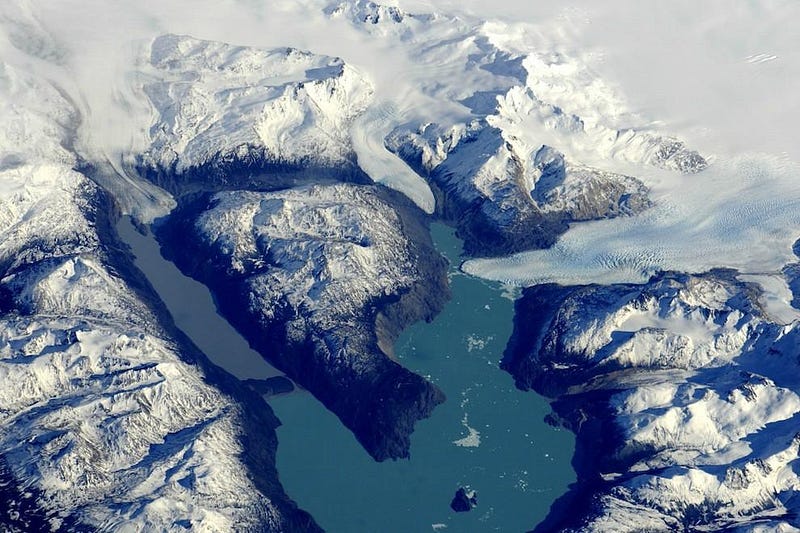
The history of humanity is a history of survival through endurance, tool-making and tool use, and through outsmarting every other form of nature: animal, plant, fungus, and even non-living threats. We have leveraged our acquired knowledge of the natural world — including the laws and rules that govern how it works — to rise to prominence and defeat so many of the natural challenges that every other species has been constrained by.
The development of agriculture, first by farming and later through ranching, revolutionized humanity’s relationship with food. Sanitation, through infrastructure projects like granaries, sewers, and (more recently) transit systems have enabled our population centers to grow from villages to towns to cities to the modern metropolis. And the industrial revolution, coupled with the rise of electricity, has led humanity to conquer a multitude of inconvenient obstacles, including even the darkness of night itself.
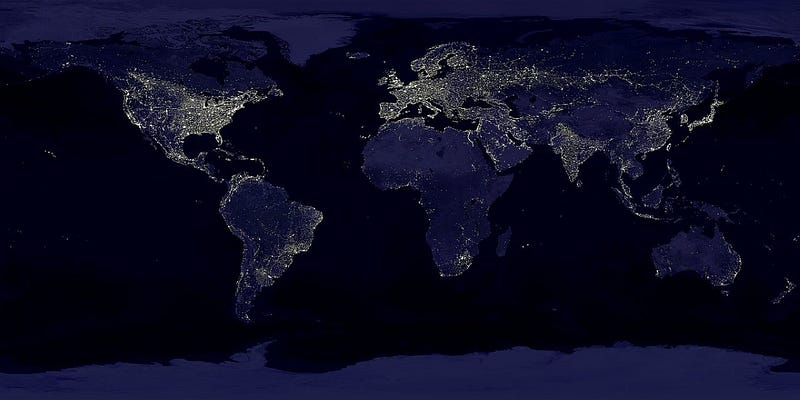
But our dominance over the environment and our technological progress comes with a cost: as we’ve gained the ability to transform our planet, we’ve ended up transforming it in more ways than we imagined. This was true in the 20th century as well, as problems like:
- antibiotic-resistant disease,
- the dust bowl,
- air pollution and skyrocketing asthma and COPD rates,
- unsafe drinking water,
- acid rain,
- and the hole in the ozone layer,
all plagued our society. Each one of these problems, at the time, seemed like an existential threat to our advanced civilization continuing as we know it.

However, for each of these problems, humanity was able to band together and address these obstacles. Improved sanitation practices and new medical therapies help manage or even cure those afflicted with a myriad of infectious diseases and illnesses. Better farming practices have ended the risk of another dust bowl. Air and water regulations make it safe for us to breathe air and drink water.
Even the two most recent problems we faced — acid rain and the ozone layer — were able to be solved. Through worldwide agreements on what can and cannot be produced and sold to consumers, we’ve seen the pH of rain return to normal and the hole in the ozone has not only stopped growing, but has begun to repair itself.

Of course, the 21st century poses challenges for humanity that we’ve never faced before. The internet has been a great force for the worldwide spread and access of factual information in places where it had previously never reached, but it’s also a great force for the spread of misinformation. We’ve explored more of our planet than ever, and are realizing that humanity is responsible for a currently ongoing mass extinction that Earth has not witnessed for tens of millions of years.
The CO2 concentration in the atmosphere is higher than humans have ever experienced. Global average temperatures continue to rise, as do sea levels, now at an accelerated rate, and will continue to do so for decades. The human population continues to grow, and the past 12 months has seen our species add more CO2 to the atmosphere than any other 12 month span in history.
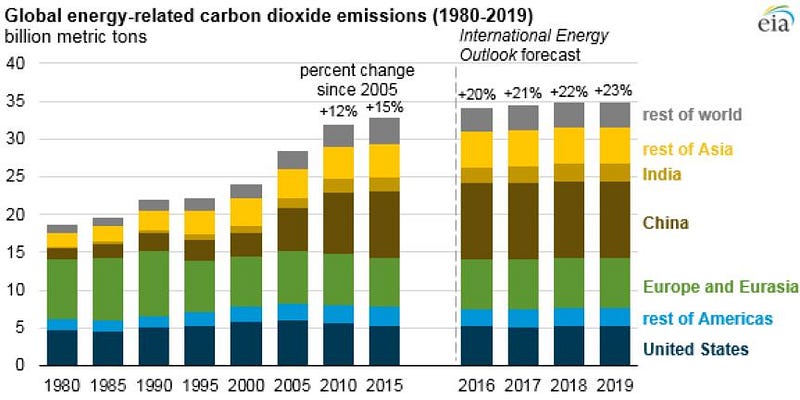
We now live in a time where the actions of a small group of people — whether through malicious or benign intentions — are capable of leading to global catastrophe. It’s not just climate change or the threat of nuclear war that hangs over us; it’s a slew of facts.
It matters that a mass extinction is occurring right now: we’re destroying this planet’s proverbial “book of life” before we’ve even read it.
It matters that computers are permeating ever-increasing facets of our life, as humanity’s recently rising electricity use (after a plateau earlier this decade) is almost entirely due to new computational uses, like cryptocurrencies and blockchain.
It matters that the population is greater than ever before, as managing and distributing the edible food and drinkable water we produce is a greater challenge than ever before.

The big questions facing our species now is how we will tackle these problems, and many of the other existential worries facing humanity today. Can we survive our technological infancy? Can we overcome our greed, our bigotries, and our squabbling nature? Can we band together to find and enact solutions that benefit us all: friend and foe alike?
This Wednesday, October 2, 2019, at 7 PM Eastern Time (4 PM Pacific Time), Sir Martin Rees of Cambridge will deliver a public lecture at Perimeter Institute entitled “Surviving the Century.” Martin’s latest book, On The Future: Prospects For Humanity, was released in 2018, and his lecture will closely follow much of the ground covered in that tome.
I’m so pleased to be able to live-blog this talk, which you can follow along with in real-time below, or by reading at any time after the conclusion of the lecture. It’s always wonderful to get a firsthand perspective on science and society from someone who’s concerned with the ever-changing role of a good scientist — who pushes our understanding forward for the betterment of humanity — and their responsibility to society.
After all, as climate scientist Ben Santer eloquently put it:
“[I]f you spend your entire career trying to advance understanding, you can’t walk away from that understanding when someone criticizes it or criticizes you. There’s no point in being a scientist if you walk away from everything you devoted your life to.”
Our understanding of practically everything is more advanced than ever. Maybe, if we listen to that understanding, we can figure out the best way forward.
(The live-blog will begin, below, just before 7 PM Eastern/4 PM Pacific time. All times are displayed in bold and in Pacific time, and correspond to the actual time the commentary was published.)
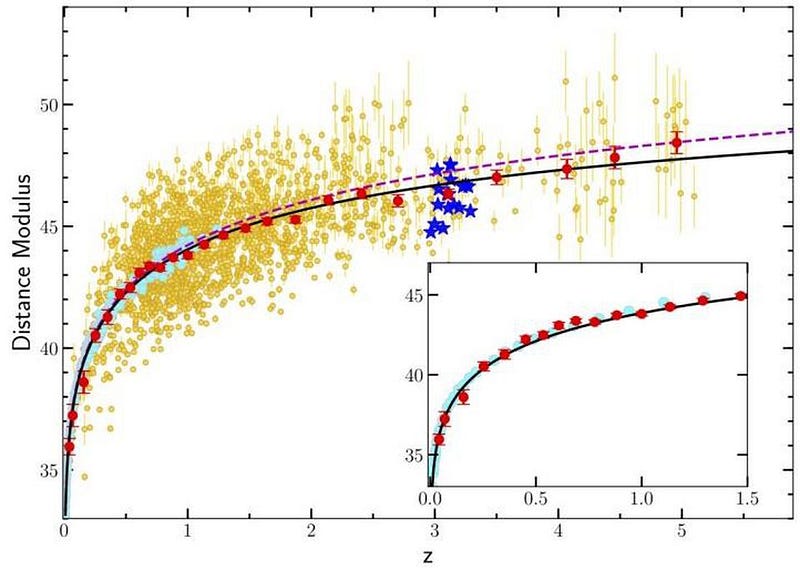
3:55 PM: Welcome! The public lecture is just a few minutes away, and I realize that many of you might not know who Martin Rees is or why he’s such a big deal. Martin is an astrophysicist and cosmologist who’s worked on black holes, quasars, the cosmic microwave background, and understanding how cosmic structure forms.
To the older people in physics/astronomy, he’s probably best known for using quasar distributions to disprove the idea of the steady-state theory even after the discovery of the Cosmic Microwave Background. To younger people, he’s best known for working on uncovering how the “dark ages” ended (when enough stars had formed that the UV radiation flooding the Universe reionized it), and uncovering the link between black holes and quasars.
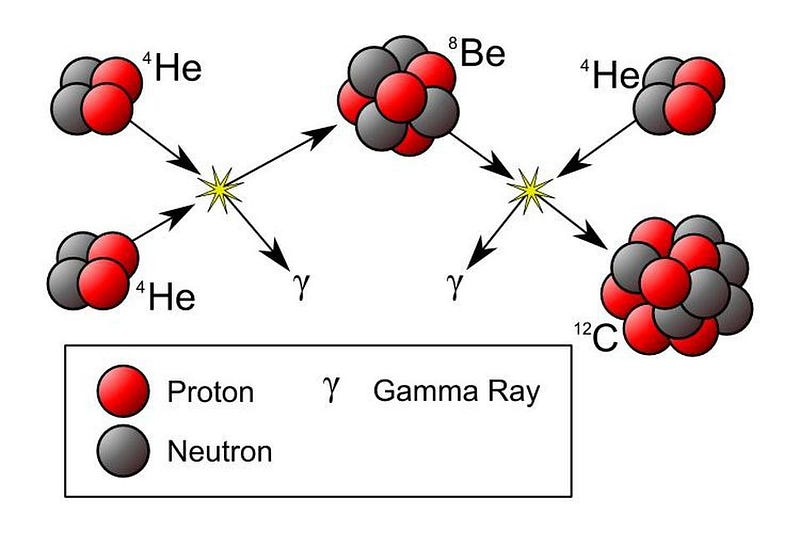
3:59 PM: More recently, Martin Rees has been more interested in the intersection of science, ethics, and policy/politics, but also in anthropic reasoning: the idea that we can say meaningful things about reality just from the fact that we exist, and therefore the Universe must exist in such a way that makes our existence possible.
If you worry that this treads troublingly close to religion, the short answer is: it can. Let’s see how well Martin Rees toes the line tonight!

4:04 PM: No, Martin Rees will not do your horoscopes. He says that scientists are rotten forecasters, but they’re not as bad as economists.
Ha ha.
Let’s hope that’s the end of “punching down” towards less rigorous disciplines than physics and astronomy.
4:07 PM: Martin Rees is talking about population growth. And yes, it’s been fast and enormous recently, but there’s not going to be a population explosion that last for infinitely long (or increase exponentially indefinitely). Instead, most models predict that population will plateau at around 10–11 billion humans, and that’s it. But yes: 9 billion by mid-century is a big number to feed by mid-century, and it’s coming fast.

4:09 PM: He’s speaking about the need to feed the planet, and talking about Gandhi’s famous “there’s enough for everyone’s need, but not for everyone’s greed.” He’s talking about population projections far into the future, and the big problem of “how do we feed all these people,” but there are many reasons to hope.
For one, population levels off as economic prosperity increases. This is happening in Asia already, has already happened in the Americas and Europe, and the biggest uncertainty is when will this happen in Africa. Rees’s prediction that “Nigeria alone will have 900 million people” by the end of the century is the most pessimistic one I’ve heard since Paul Ehrlich’s discredited “population bomb” idea.
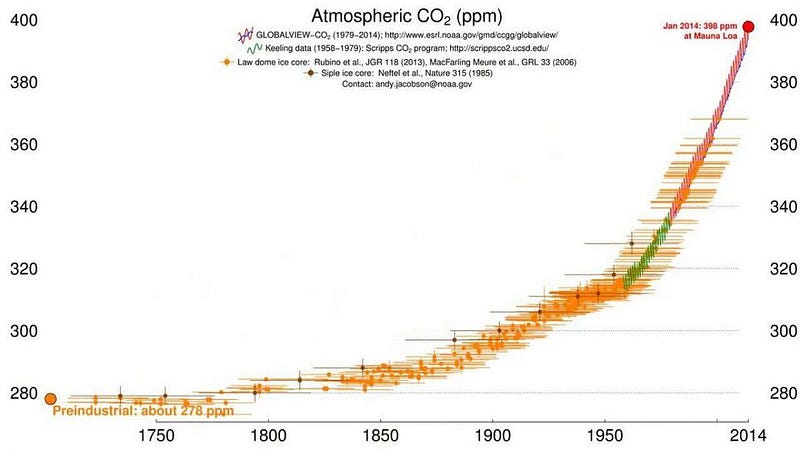
4:13 PM: And yes, of course, CO2 is increasing, the planet is getting warmer, the sea levels are rising, and all of these problems are getting worse, faster, as time goes on.
Rees is also being careful about mentioning uncertainties: in population, in CO2, and in the range of uncertainty of climate models and fossil fuel scenarios.
4:15 PM: This is a good point and one that I normally make in different contexts: world policy is made by the voters (and the incumbents who court those voters for re-election) of first-world countries and what their representatives think will be popular. However, the roadmap to a low-carbon future is challenging, as the benefits will mostly trickle to relatively underdeveloped countries.
That’s a hard political sell: do something that makes things more expensive for you, in the short-term, to make the quality of life better for others in the long-term.

4:18 PM: So, what are the solutions? For energy, Rees mentions solar, wind, conservation, and new nuclear reactors, as well as research into fusion. This should be a no-brainer option: we need to introduce clean and economical systems of energy generation, because energy use is predicted to continue rising; the only way to reduce our carbon footprint under those conditions is to produce more electricity, and to do it in a greener fashion.

4:21 PM: “We should be advocates of scientific advances and new technologies, not luddites.” (Paraphrase.) You would think this would be a non-controversial statement, but there are a large number of green energy advocates who see a rejection of science and technology as the only path towards a sustainable future.
Well, not if we want to meet the modern challenges that we’re actively facing and creating. More nutrient dense food, greater food production, better energy usages, and improved resiliency to financial disasters, natural catastrophes, and food/water/political instability are necessities we should all be investing in.
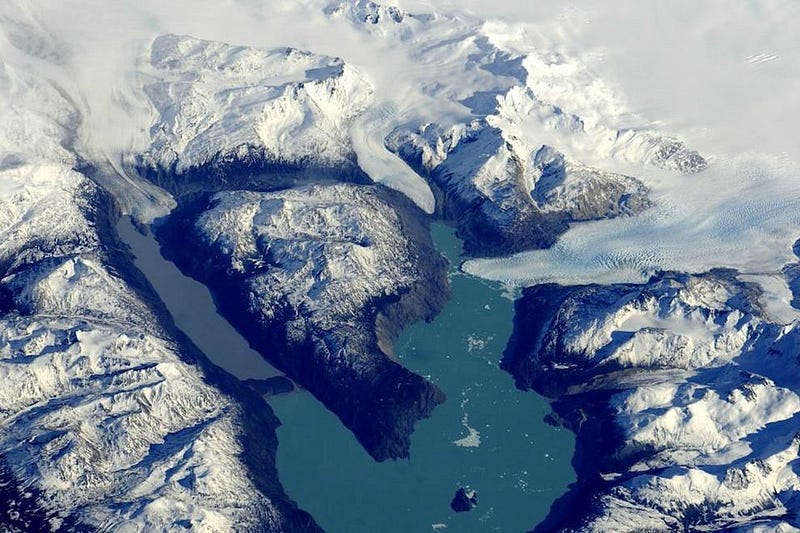
4:24 PM: This is a problem that Martin Rees is identifying (specific to vaccines, biotech, or particular public health initiatives): how can we regulate the use (and misuse) of these technologies in a responsible way. As Rees put it, “even the global village will have its village idiots.”
Balancing freedom, privacy, and security is of paramount importance. It’s hard to see how it will be implemented, of course, but my visceral reaction is to look to the locations that got it the most wrong (*cough* Facebook *cough*), and to learn the lessons of opting out/in, the need for curation of factual, truthful information, and responsible actions.
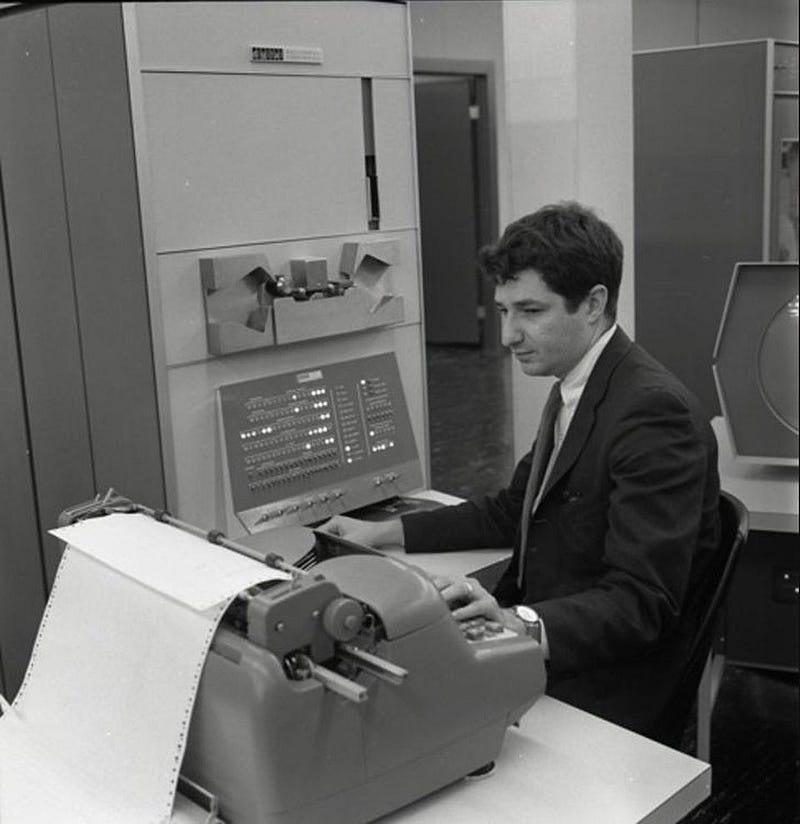
4:28 PM: As AI systems become more intrusive, pervasive; as the cloud begins storing information about all our actions, our locations, our emotions, etc.; as our face gets recognized everywhere we go; we lose our privacy. We lose our connection with technologies whenever computers outpace humans. And we lose our connection with each other (something Rees isn’t touching on) as we layer technological barrier upon technological barrier between our old-style face-to-face interactions.
Robots can’t learn by watching human beings. Common sense and etiquette cannot be learned by a robot (yet). And agility/dexterity of a robot is far below that of a small child. And yes, computers can defeat humans at Go, but only by using about a million times the energy of a human brain.
4:32 PM: I am not a fan of this current Rees proposal: everyone must work and this should be work that cannot be done by computers. He thinks we can re-employ every unskilled laborer doing this. I just don’t see the demand being there, but this is not a question that has a scientific answer.
I just don’t see it happening; people are better than a well-programmed machine at only a small number of tasks, and what can be automated out of our error-prone ways should be.
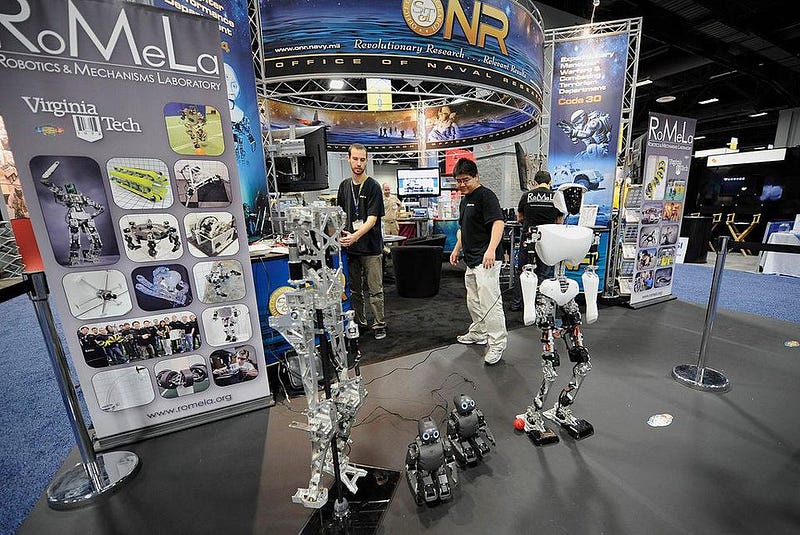
4:35 PM: There are a lot of fears around autonomous robots, and then brings up Kurzweil’s immortality fantasies of AI outpacing humanity, becoming more intelligent, and then humans would begin to transcend biology.
I have thought, for a long time, that people who think along these lines need to understand something: you are not your brain. You are not a computer program; you do not reason the way a computer does, and a computer/brain interface is extraordinarily limited.
Instead, you are the electrical signals that propagate through your brain and body. That, after all, is the difference between a living and dead human: the electrical activity in your brain. Kill someone and the activity stops. Copying your brain to a computer would not keep that electrical signal the same; it would cease to be you. Kurzweil’s dream, of downloading your intelligence to a computer, is basically doing “copy, paste, and then delete the original.”
Therefore, you die. Only if we accept that aspect of reality can we effectively do something meaningfully positive with the lives we have. (At least, that’s what I think.)
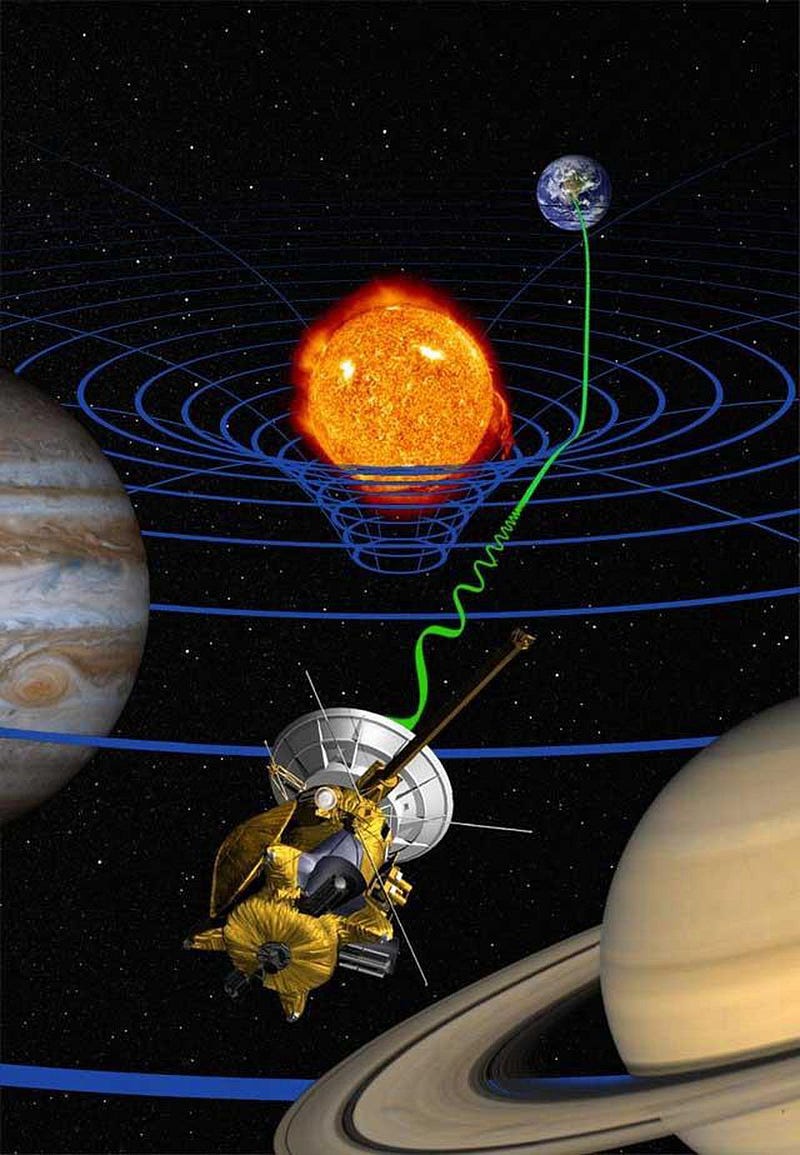
4:38 PM: Martin Rees thinks that the Solar System will be filled, in the future, with militarized probes. Yes, Cassini, New Horizons, Juno, Messenger, and other recent planetary/Solar System missions are now outdated and will be superseded by new technologies. We will be better at doing astronomy, science, and understanding our Universe.
But militarized? I don’t see it. Martin Rees also thinks that the era of crewed spaceflight is over. And sure, if we’re willing to abandon our bodies, of course there’s no point in crewed spaceflight.
My recommendation would be twofold: accept our physical reality as it is (i.e., as we understand it to be), and then invest in science, technology, R&D, and forward-looking endeavors that better the future of humanity as a whole as much as possible. But this is a tall order, too.

4:42 PM: Now I’m disappointed. After all the talk about banding together as a world for the good of humanity, and what’s difficult to sell to various countries with various national ideologies and values, Martin Rees sees privatized spaceflight as the only prospect for humans traveling to worlds other than Earth.
Maybe he’s right; maybe I’m the one who’s unrealistic. But I still hope that the civilization-scale adventures and enterprises we dream of can be accomplished by humanity if we band together as a world in cooperation. It’s my hope for the future of space exploration, for the future of our energy needs, for the future of agriculture and food/water production and distribution, and for the future of basic research, particle and low-temperature physics, and so much more.
I am not looking forward to a post-human era. I am looking forward to a pro-human era.
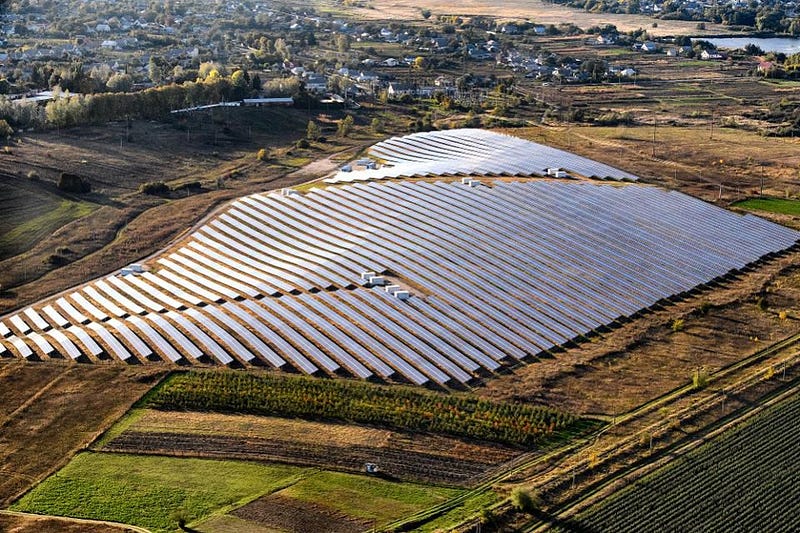
4:47 PM: Here’s something you won’t get in Martin Rees’s talk: what a tremendous tipping point will look like. Right now, sunlight is the most important tool for agriculture: it determines what we grow, where, and in what quantities. But someday, technology will reach a point where it’s going to be more efficient to:
- gather sunlight with solar panels,
- grow crops with special lights designed to optimize plant growth,
- and then use the leftover energy to power the world.
We will someday reach the point where this will be better than growing crops with direct sunlight, outdoors. That’s quite a dream, but when we reach the tech level, it will transform our civilization.
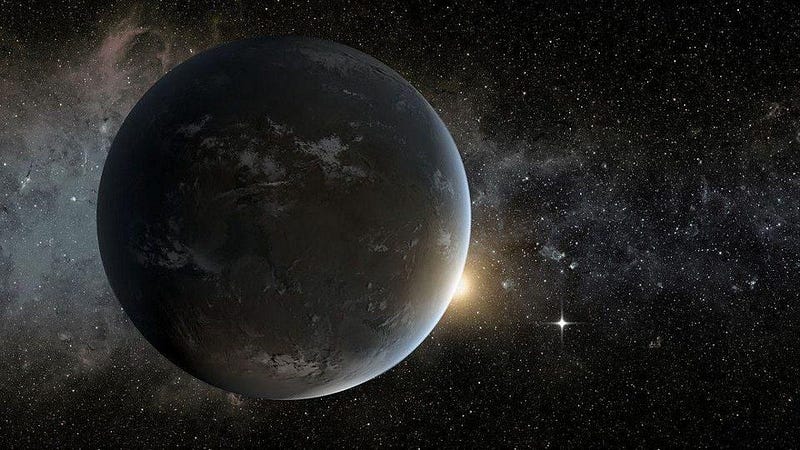
4:50 PM: What about life in the Universe? We have detected thousands of exoplanets, and will have the prospect of detecting life beyond our Solar System, from microbial life to intelligent aliens. This will be a tremendous advance that we can expect (and maybe even hope) to start probing this century.

4:54 PM: Let’s remember something important: life on Earth is organic, but organic life won’t be possible forever. Rees sees that human intelligence will outpace human intelligence, and will become the dominant force of “intelligence” not only on our planet, but in the Universe.
He thinks that any alien signal we find won’t be biological in nature, but electronic.
I must be crazy to be on the pro-biology side… but I can’t help but be sentimental about our own lives and existences. Somehow, to me, they have value intrinsic to themselves, that electronic beings, even an electronic intelligence, wouldn’t have. There are my biological biases, laid bare for the whole world to see.

4:58 PM: Was there more than one Big Bang, or just one? If there were many, are there varieties in the physical laws and constants that they obey?
If we take inflation as we understand it today, the answers are: many, occurring in forever causally disconnected regions, with the same laws and constants everywhere.
But people do sure love to speculate that there may be more, and if (that’s a really big if), as Martin Rees contends, they may have varying laws and constants, then maybe we can use anthropic reasoning (which is a very unappealing substitute for science) to speculate, and then maybe (which I doubt) it will be a question that falls into the realm of physics, not metaphysics.

5:02 PM: “Technology needs to be wisely directed, and directed by a value that science alone cannot decide.” Well, at least this should be non-controversial: if we wish to act ethically, we need a code of ethics and morality for humanity, and that code transcends science.
Will that include machine intelligence. (Is Data from Star Trek alive, and am I arguing the opposite position from Captain Picard?)
5:06 PM: What about designer babies? Where do we draw the ethical line?
I have a feeling it will be very much like the early days of any technology: things we’re uncomfortable with today will become commonplace tomorrow. Ethics erode quickly with the acceleration of the enabling technology’s ubiquity.
5:09 PM: Martin Rees is now fielding a question about the anti-science trend, but instead focuses on the optimistic take: people are actually interested in science. Kids love dinosaurs and kids love space: even things that are divorced from their reality and their experience appeals to people. Extreme and ill-informed opinions get more traction, and Rees believes this is what magnifies the rise of populism.
This is astute, to me.
But Rees says it’s important that everyone have a feel for science, as most of the decisions that have to be made by politicians involve science (and economics and ethics), and so to be an informed citizen, you need to have some feel for science and for quantitative numbers. And it’s a part of our culture, too; it’s the only universal culture that straddles all bounds of faith and nationality. (Man, if the rest of this talk was like the answer to this question, I’d be fawning!)

5:12 PM: If we wish to succeed as a species, we have to band together as a planet, with multi-national bodies that regulate technology, otherwise the potential for abuses will be too great. This includes a worldwide carbon policy, but not a worldwide energy initiative, as new innovations and technologies will have a monetary payback/payoff, so there’s an incentive to benefit the entire world on this front.
5:14 PM: The final question is to speculate about alien life, but maybe it’s better to speculate about our own future instead.
- Will we be able to overcome our prejudices against those who are “different” from us on the surface, and take actions that benefit the whole of humanity even if they don’t benefit us personally?
- Will we really abandon our flesh-and-blood bodies for the promise of augmented ones, or of entirely cybernetic ones?
- Can we band together as a global civilization to address the global problems we’ve created as a by-product of our species’ unprecedented success?
We have this odd combination of intelligence and aggression in our species, but perhaps aggression is unique to us, and will be our demise whereas aliens won’t be subject to that.
5:16 PM: And that’s a wrap! Thanks for tuning in, and I hope you enjoyed this thought-provoking talk!
Ethan Siegel is the author of Beyond the Galaxy and Treknology. You can pre-order his third book, currently in development: the Encyclopaedia Cosmologica.





